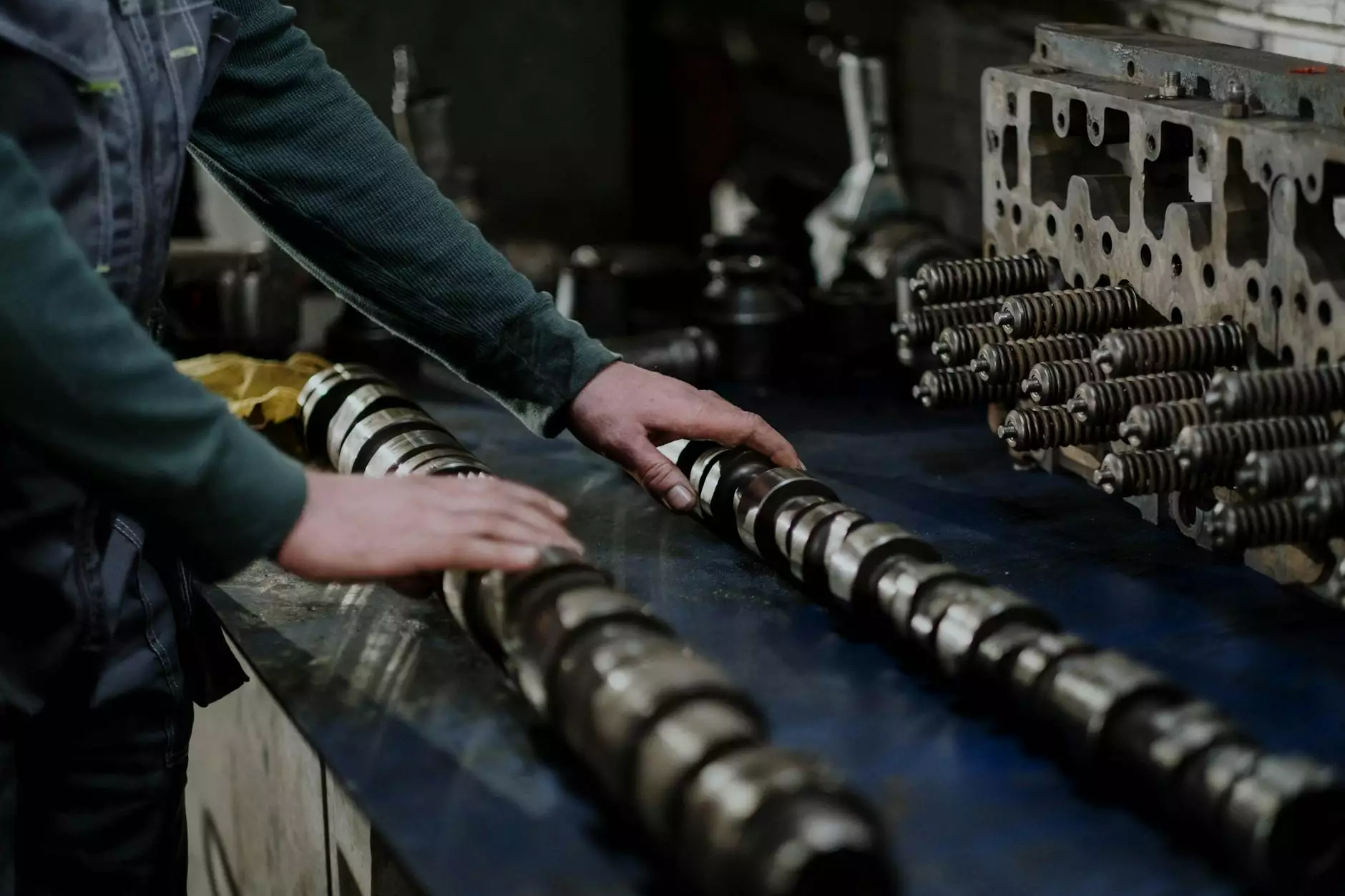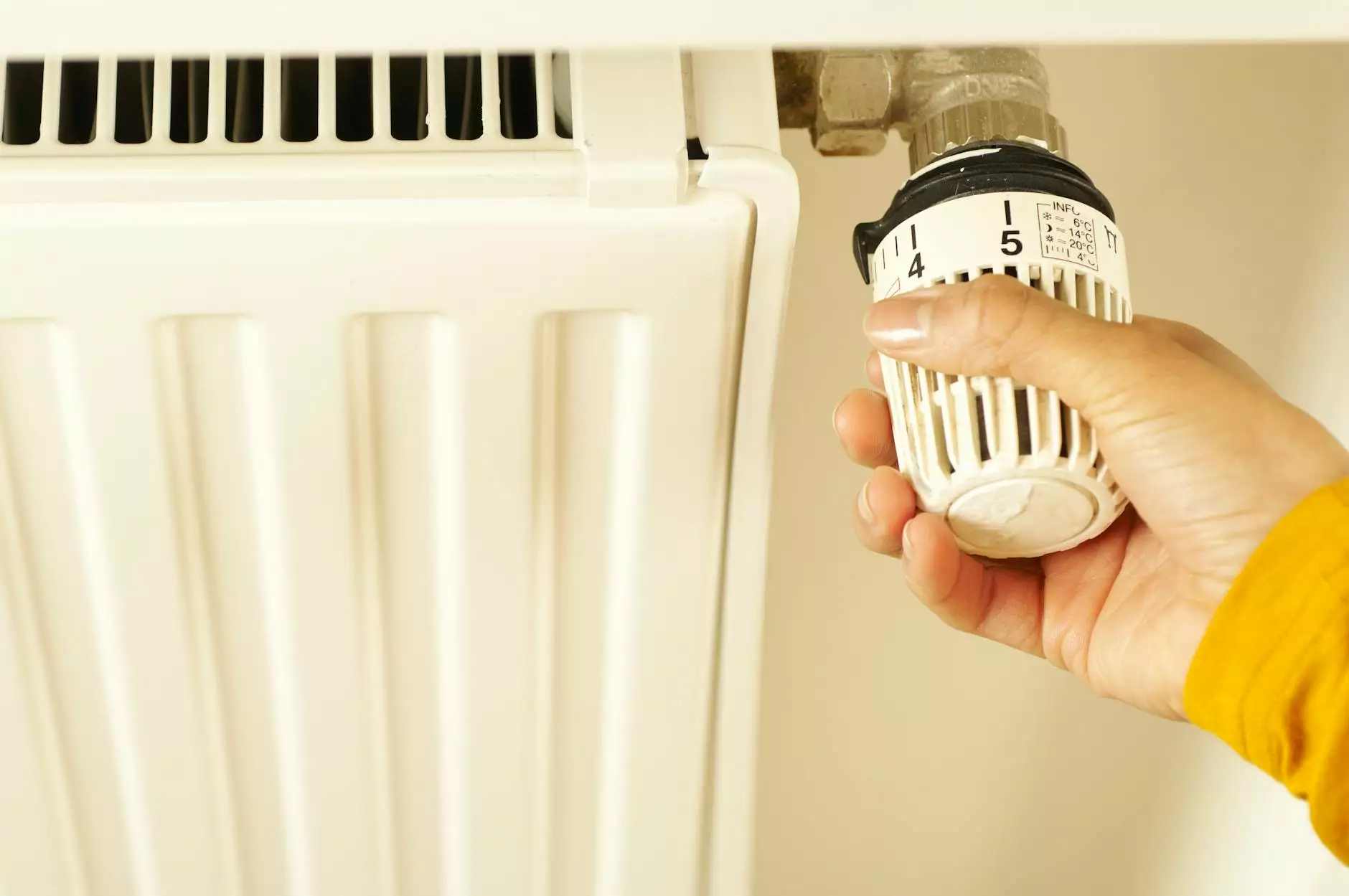The Ultimate Guide to Classic Car Brakes: Everything You Need to Know

If you own a classic car, you know that keeping it in top-notch condition is essential, not just for aesthetics but also for safety. One of the most critical components of any vehicle, especially vintage ones, is the braking system. In this guide, we will delve deep into everything you need to know about classic car brakes, from types and maintenance to the best parts you can find to enhance your driving experience. Whether you're restoring a classic model or simply ensuring it runs efficiently, this guide is your go-to resource.
Understanding Classic Car Brakes
Brakes are fundamental to any vehicle, but the classic car brakes have unique characteristics that set them apart from modern braking systems. It’s essential to understand how they work and the types available to optimize your vehicle’s performance.
Types of Braking Systems
There are several types of braking systems used in classic cars:
- Drum Brakes: Common in many classic vehicles, these utilize friction created by a set of shoes that press against a rotating drum.
- Disc Brakes: More common in later classic models, they use a disc rotor and caliper setup to provide improved stopping power.
- Combined Systems: Some classic vehicles may employ a combination of both drum and disc brakes, utilizing the strengths of each system.
How Classic Car Brakes Work
The fundamental operation of classic car brakes involves the conversion of kinetic energy into thermal energy through friction. When you press the brake pedal, hydraulic fluid activates the brakes, either pushing brake shoes against the drum or squeezing brake pads against the disc. Understanding this process is crucial for effective maintenance and upgrades.
Common Challenges with Classic Car Brakes
Classic car enthusiasts often face particular challenges regarding the braking systems of their vehicles. Here, we discuss some of the common issues and how to address them.
Wear and Tear
Over time, brake components can wear down, leading to diminished performance. This can manifest as:
- Squeaking or Grinding Noises: Often indicates that brake pads or shoes are worn and need replacement.
- Poor Stopping Power: Could signal issues with the hydraulics or the brake components needing replacement.
- Brake Fluid Leaks: Essential to inspect for leaks as they can lead to brake failure.
Maintenance Tips for Classic Car Brakes
Proper maintenance is key to ensuring your classic car's braking system remains responsive and effective.
- Regular Inspection: Check your brakes frequently for signs of wear. Look for fluid leaks and inspect the condition of brake pads and shoes.
- Replace Brake Fluid: The fluid should be replaced every 1 to 2 years. Old fluid can absorb moisture and lead to corrosion.
- Upgrade Components: Consider upgrading to modern brake components designed to fit classic models. This could mean adapted disc brake systems for improved performance.
- Brake Line Maintenance: Ensure brake lines are free from corrosion and leaks. Replacement of rubber lines every few years is advisable.
Choosing the Right Parts for Classic Car Brakes
When it comes to replacing or upgrading your classic car brakes, choosing the right parts is crucial. Here are some factors to consider:
Original Equipment Manufacturer (OEM) vs Aftermarket Parts
Many classic car owners struggle with the decision of whether to use OEM parts or aftermarket components:
- OEM Parts: These parts are made by the original manufacturer and are designed to fit your classic car. They often provide the best assurance of quality and compatibility.
- Aftermarket Parts: While these can be more cost-effective, they can vary significantly in quality. It’s essential to research, read reviews, and buy from reputable suppliers.
Performance Upgrades
If you’re looking to enhance your driving experience, consider performance upgrades:
- High-Performance Brake Pads: These can provide better stopping power and reduce brake fade.
- Upgraded Rotors: Slotted or drilled rotors can improve heat dissipation, enhancing performance during heavy braking.
- Brake Lines: Switching to stainless steel lines can improve pedal feel and responsiveness.
Where to Buy Classic Car Brake Parts
Finding the right sources for purchasing classic car brakes can make a significant difference. Here are some reliable options:
- ImAutoParts.com: Specializing in auto parts and supplies, this website offers a wide selection of classic car brake components.
- Local Auto Parts Stores: Often stocked with essential components, they can be a convenient option for immediate needs.
- Car Enthusiast Forums and Clubs: Many offer classified sections for buying and selling parts, and members can provide recommendations on where to find high-quality components.
Conclusion: The Importance of Quality Brakes in Classic Cars
In a classic car, brakes are not just components—they are a lifeline. Ensuring that your braking system is functioning optimally will not only enhance your driving experience but also keep you safe on the road. By staying informed about the intricacies of classic car brakes, understanding how to maintain them, and knowing where to purchase quality parts, you provide yourself with the peace of mind that your classic car will continue to perform at its best.
Remember, investing in high-quality brake components is not just about performance—it's about preserving the legacy and safety of your beloved vehicle.









